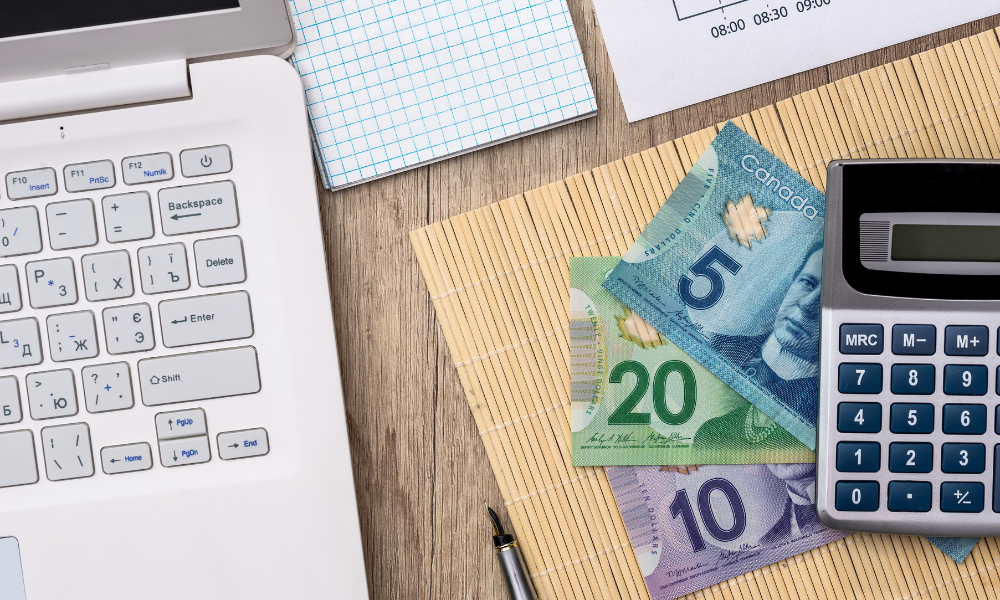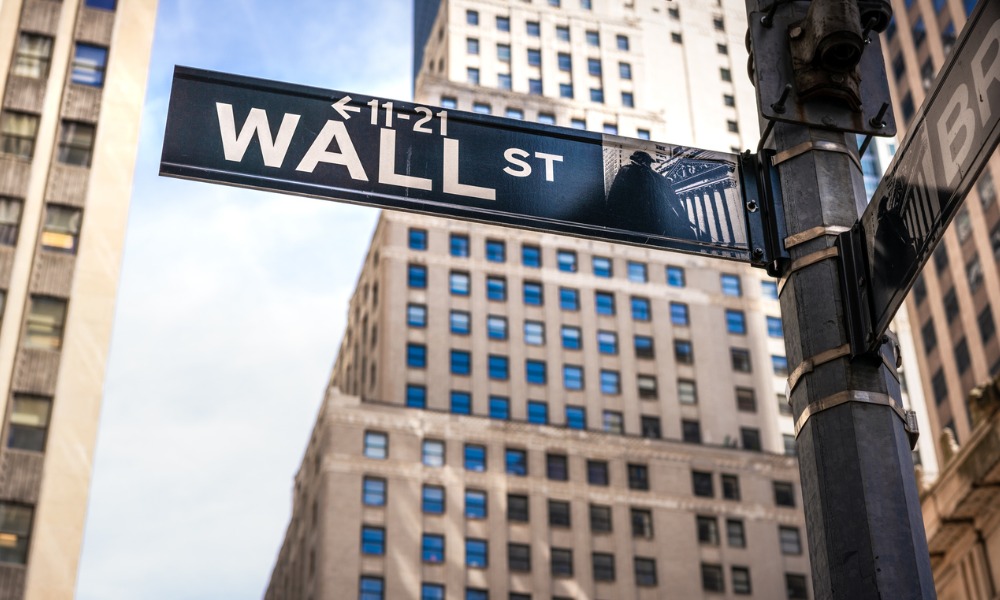Liberal platform allocates $12.5 billion to cancelling capital gains tax changes

Liberal Leader Mark Carney’s platform forecasts rising deficits over the next four years, fuelled by a $130bn package that includes both aggressive spending and an income tax cut.
According to BNN Bloomberg, the plan would increase Canada’s deficit to $62.3bn in 2025–26, or 1.96 percent of GDP, rising from the Parliamentary Budget Officer’s baseline of $46.8bn.
The deficit would decline gradually to $47.8bn, or 1.35 percent of GDP, by 2028–29.
The most costly item in the platform is a $22bn income tax cut, according to CBC News, with a further $12.5bn allocated to cancelling capital gains tax changes introduced under the Trudeau government.
The Liberals estimate $20bn in new revenue from Canada’s tariff response, but the net fiscal outlook points to continued borrowing through 2029.
Carney’s plan also includes a major structural change in how the federal budget is presented.
As reported by Reuters, the platform separates operating and capital spending, a first in Canada.
Carney told reporters in Whitby, Ontario, that his government would balance the operating budget within three years “by cutting waste, by eliminating duplication and by deploying technology.”
BNN Bloomberg reported the platform includes a projected $222m operating surplus by the end of the four-year term.
The Liberals say most new outlays fall under capital spending, including $18bn for defence over four years, with a cash-basis total of $32bn, according to CBC News.
These include new submarines, icebreakers, and Canadian-made airborne early warning and control aircraft.
Policy experts told BNN Bloomberg the investments would help Canada exceed its NATO spending target by 2030.
As Reuters added, Carney said Canada would also invest in transatlantic security with “like-minded” European partners.
In total, more than $20bn will go toward infrastructure, including trade corridors, Arctic development, digital projects, and community facilities.
CBC News reported the platform proposes $11.8bn for a new affordable housing agency, Build Canada Homes, and an additional $10bn in related housing supports, including tax incentives and development funding for municipalities.
Health care infrastructure would receive $5.4bn over four years, including $4bn to build or renovate hospitals and clinics, according to BNN Bloomberg.
Carney has also committed to expanding medical school spaces, building new facilities, and accelerating credential recognition for internationally trained health professionals already living in Canada.
To finance these plans, the Liberals aim to reduce government spending growth from 9 percent annually to 2 percent, according to Reuters, without cutting transfers to provinces or individuals.
CBC News reported the platform targets $28bn in savings over three years, including limits on public service expansion and changes to internal operations.
Carney has framed the current fiscal approach as a response to “the biggest crisis of our lifetimes,” arguing that government must act decisively.
He said, “In a crisis … the private sector retreats, and government needs to step up.”
He has positioned the platform as a way to manage threats posed by trade instability, citing US tariffs and naming US President Donald Trump eight times in the document, according to BNN Bloomberg.
The Liberals also promise to protect supply-managed sectors such as dairy, poultry, and eggs by excluding them from future trade negotiations with the US.
The platform also commits to “Buy Canadian” infrastructure standards and increased use of domestic steel, aluminium, and forestry products.
While Carney claims the plan will “create $500bn dollars in economic value for Canadians.”
Conservative Leader Pierre Poilievre has dismissed the platform as a “spending bonanza” and argued “Canada can’t afford” it.
CBC News reported that the Conservatives have yet to release a full costed platform, though Poilievre has also promised similar tax measures.
For comparison, CBC News pointed out that Canada’s debt-to-GDP ratio was 42.1 percent last year, 11 points higher than before the pandemic but well below mid-1990s levels.
During the 2009–10 recession, Stephen Harper’s Conservative government ran a deficit equal to 3.6 percent of GDP.
Carney has argued the fiscal choices reflect urgency and leadership.
As he stated during the platform launch, “It’s a question of management and focus, and one of the things that I bring is experience in managing and focus on budgets.”



